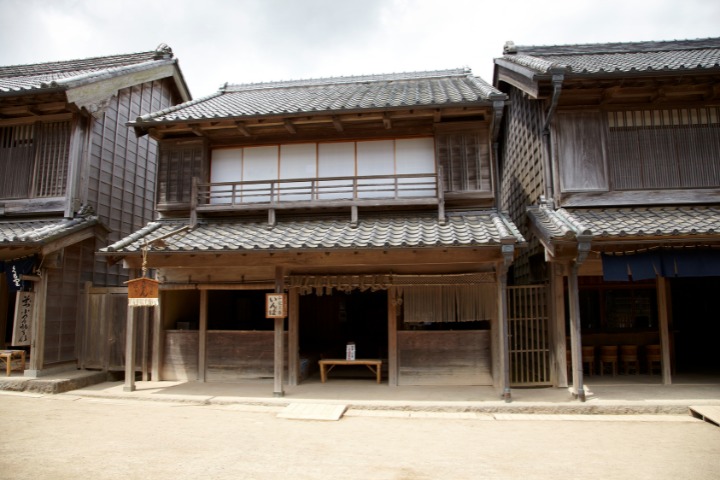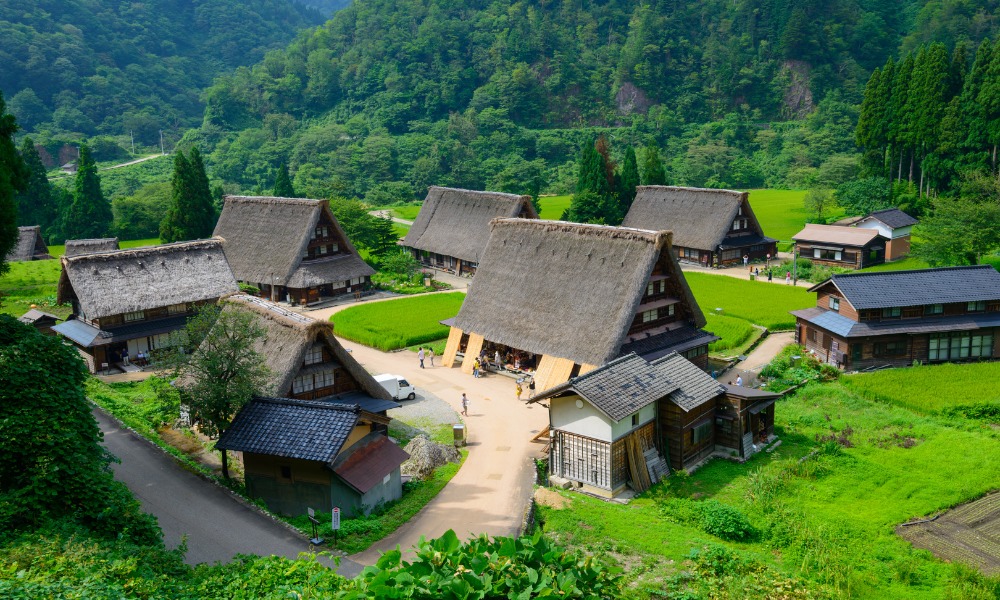The phenomenon of Akiya, or vacant houses in Japan, has become prevalent throughout the countryside. Japan’s “ghost towns” or abandoned villages result from several factors, including depopulation, declining traditional industries, and migration to urban areas for better economic opportunities. Depopulation, in particular, has been a significant issue in many rural areas in Japan, resulting in stagnant growth in affected locations. According to a report by the Japan Times, Japan’s population has been decreasing since 2007 and is expected to decline by nearly one-third by 2065. This decline is primarily due to the concentration of low birth rates and an aging population. To tackle the issue, the Japanese government has rallied its resources to incentive its citizens to come back and repopulate the abandoned areas in Japan to stimulate economic growth and increase the birth rate again.
How Ghost Towns Are Created
 Image credits: Canva
Image credits: Canva
According to a study by the National Institute of Population and Social Security Research, nearly 60% of Japan’s population lives in cities, with Tokyo alone accounting for over 13% of the total population. The migration of young people to cities in search of jobs has left many rural areas with a population primarily comprised of older people, resulting in a decline in the overall population.
The decline of traditional industries such as agriculture and fishing has also contributed to the depopulation of these areas. According to a report, the agricultural sector in Japan has been in decline for several decades. The decline is due to a combination of factors, including a lack of young people willing to take up farming and the increasing mechanization of agriculture.
The result of these factors is the creation of ghost towns and abandoned villages. These areas often have a melancholic and eerie atmosphere and are popular destinations for photographers and urban explorers. These abandoned towns and villages have become a tourist attraction, with people visiting to see the abandoned homes and buildings.
Initiatives to Repopulate the Countryside

Image credits: Canva
1 Million Yen per Child to Prevent The Arise Ghost Towns
It is a Herculean task to convince citizens to leave their convenient lives amidst the hustle and bustle of cities and relocate to the detached countryside. However, the Japanese government is trying its luck by deciding to pay families 1 million yen per child to leave the Greater Tokyo Area in the fiscal year 2023 to slow the country’s rural areas’ fast population decline. However, it comes with a few clauses – the families have to spend at least five years in the new location, and at least one family member has to have a stable job that they plan to continue remotely from their new abode, or they can find work at one of the local small and medium-sized enterprises, or they have to have plans to start a new business in their new area. The child should be under 18 but they can be more than 18 if they are still enrolled in school. If the family moves before the five years are up, they would have to return the money to the government.
$500 and Tax Breaks for Akiya
The government has been offering people in urban areas a lump sum $500 and tax breaks to move to rural areas, though this has seen little success in tackling the Akiya issue as people remain unconvinced on whether this deal would be worth it. Once people buy the house with the money provided, they would have to spend thousands more on renovating the abandoned homes and making them functional enough to live in. Offering cheap housing solutions means little if people have to sacrifice the quality of life and convenience that living in an urban hub can provide. The government has tried to showcase the pros of living in a rural area and will continue to do so in the future to convince citizens the move will be worth it.
The Future of Ghost Towns in Japan
It remains to be seen whether the government’s incentives to revitalize rural areas and increase the birth rate will convince citizens to leave the city lives they have constructed for years. The government seems hopeful that its latest 1 million yen offer will kickstart a small-scale exodus of families as its initial launch in 2021 yielded positive results, with more than a thousand families moving to disadvantaged areas of Japan. Only time will tell what the impact of this new initiative will be. In the meantime, families might want to consider taking advantage of the package and spend their days in the quiet, pollution-free scenic landscapes of Japan’s expansive countryside. Economic development will follow wherever the people go.
Related Articles to Ghost Towns in Japan:
- “Akiya”, the Phenomenon of Vacant Japanese Houses
- Jouhatsu: Japan’s Mysteriously Vanishing Population
- All You Need to Know About the Job Hunting Visa in Japan
- Hikikomori: A Moral Panic in Japan
- Employee Benefits: What to Expect at a Japanese Company
- Understanding and Overcoming Japan Culture Shock






